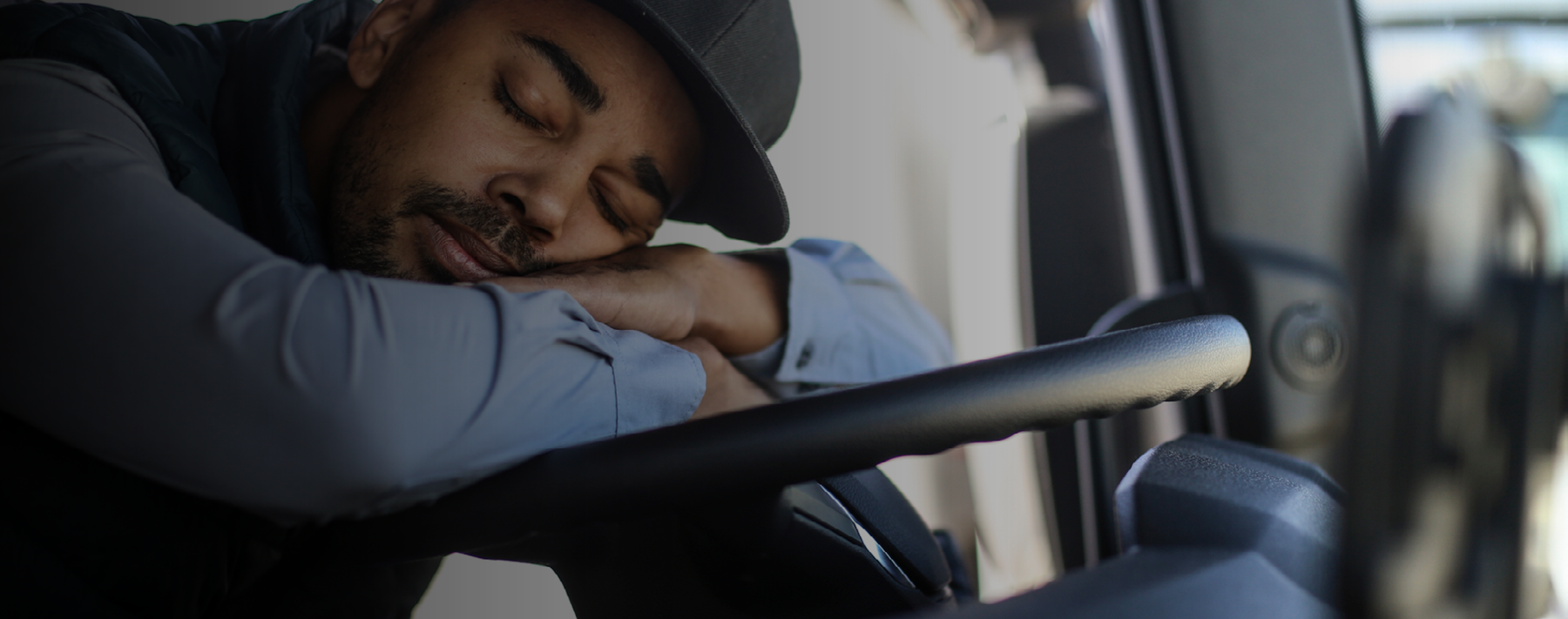United States v. Payne, 2024 WL 1647253 (9th Cir. 2024)
Jeremy Payne was on parole for assault with a deadly weapon on a peace officer in November 2018. His parole release conditions included a clause allowing search or seizure by a probation officer or other peace officer “at any time of the day or night, with or without a search warrant, with or without cause.”
On Nov. 3, 2021, Officers Coddington and Garcia were patrolling together when they saw a gold Nissan with unlawfully tinted front windows. They stopped the car and Officer Coddington approached the driver, Payne, and asked for his driver’s license, vehicle registration and proof of insurance. Payne was “extremely nervous,” “trembling as he fumbled for the documents,” “sweating profusely” and “stammering when he spoke.” Payne told the officers he was a parolee, and the officers confirmed his parole status. Officer Coddington asked Payne and his passenger to get out of the car. Payne was handcuffed and eventually detained in the back of the officers’ car. Officer Coddington found a large amount of cash and keys to a BMW vehicle in Payne’s pocket.
Officer Coddington asked Payne if he had a phone. Payne replied that “his phone was in the driver’s door panel and was green in color.” Officer Coddington found the phone and asked Payne to provide the passcode. Counter to his previous statement, Payne denied owning the phone and said he did not have the passcode. Officer Coddington held Payne’s thumb and unlocked the phone via a built-in biometric unlocking feature.
Officer Coddington saw Payne’s full name listed in the information section. The officer looked through the phone’s stored media and found two relevant videos. The first was date-stamped earlier that same day, just three hours before the traffic stop. It showed “a large amount of U.S. currency, several bags of blue pills (suspected to be fentanyl), and a gold-colored money counting machine” inside a room. Someone could be heard referring to the room as his “office.” In the second video, taken outside of a residence, the same person (likely Payne) could be heard saying, “Life is good in Palm Desert,” and, “I got the Beamer out front.” A BMW parked in front of the house was shown in the video.
Though Payne and his passenger both claimed Payne lived with his mother in Indio, California, Officer Coddington noted a “pin drop” in the phone’s maps application indicating an address in Palm Desert. The officers drove Payne to the Palm Desert location, where they found the parked BMW. The car was registered to Payne and the key from Payne’s pocket unlocked it. Officer Coddington unlocked the residence’s front door with one of the keys from Payne’s keyring. When officers entered to conduct a security sweep, they saw several bags of blue pills and a money-counting machine in plain sight. These appeared to be the items shown in the first video on Payne’s cell phone.
Officer Coddington wrote a search warrant application for the house. A more thorough search revealed mail bearing Payne’s full name, a “white powdery substance” scattered throughout the home, and a total of 104.3 grams of blue pills marked “M/30.” The pills and powder were later confirmed to be fentanyl, fluorofentanyl and cocaine. The officers also found $13,992 in cash, a digital scale, the gold money-counting machine and six cell phones. Payne was charged with possession of fentanyl, fluorofentanyl and cocaine with intent to distribute.
“It is abundantly clear, putting parolees like Payne on notice that their person, home, phone, and other belongings may be searched at any time without cause or a warrant.”
Payne asked the trial court to suppress the evidence, arguing the search of his phone and the house violated his Fourth and Fifth Amendment rights. The trial court rejected his motion. Payne was convicted and sentenced to 12 years in prison. He appealed.
In his appeal, Payne challenged the initial search of his cell phone. In Samson v. California (547 U.S. 843, (2006)), the Supreme Court ruled parolees are like prisoners and have substantially diminished privacy interests. Courts generally rule suspicionless parolee searches consistent with the terms of a valid parole agreement are permissible under the Fourth Amendment. Some courts also require that the searches not be “arbitrary, capricious, or harassing.” Payne claimed Officer Coddington used unreasonable means to unlock his phone and that the search should be suppressed.
Payne’s parole conditions specified he was required to surrender his cell phone to any law enforcement officer for inspection and “provide a pass key/code to unlock the device.” The parole agreement stated: “Failure to comply can result in your arrest pending further investigation and/or confiscation of any device pending investigation.” Payne argued this meant officers could only seize his phone, not search it, if he refused to provide the passcode.
The appellate court disagreed, stating that it “is abundantly clear, putting parolees like Payne on notice that their person, home, phone, and other belongings may be searched at any time without cause or a warrant.” In addition, the panel said, “We hold that any ambiguity created by the inclusion of the special condition, when factored into the totality of the circumstances, did not increase Payne’s expectation of privacy in his cell phone to render the search unreasonable under the Fourth Amendment.” The court also rejected Payne’s claim that the search was “arbitrary, capricious, or harassing.”
Get the Xiphos law enforcement legal update delivered to your inbox: SUBSCRIBE NOW!
Payne also argued the officers violated his Fifth Amendment privilege against self-incrimination when they compelled him to unlock his cell phone using his fingerprint. The court acknowledged the use of Payne’s thumb to unlock his phone was “incriminating.” However, the Fifth Amendment privilege against self-incrimination protects against “communication” that is “(1) compelled; (2) incriminating; and (3) testimonial.”
The court cited cases where defendants have been compelled to wear particular items of clothing, give a handwriting sample or voice exemplar, give blood samples, and submit to fingerprinting. None of those acts are “testimonial” for Fifth Amendment analysis purposes, the court said, nothing, “On its face, the use of Payne’s thumb to unlock his phone appears no different from a blood draw or fingerprinting at booking.” In this case, Payne was not compelled to acknowledge the existence of any incriminating information. Officer Coddington’s use of Payne’s thumbprint to unlock the phone was not testimonial because it required “no cognitive exertion.”
The court hastened to state that “Fifth Amendment questions like this one are highly fact dependent and the line between what is testimonial and what is not is particularly fine. Our opinion should not be read to extend to all instances where a biometric is used to unlock an electronic device.”
The court also held there was probable cause to support the search warrant for the house even excluding the observations made during a challenged protective sweep of the house. Payne loses on all counts.



